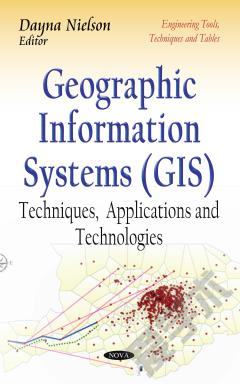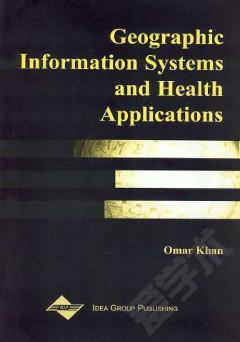Geographic Information Systems (GIS): Techniques, Applications and Technologies
Sustainability has been increasingly embraced as an overarching policy goal, and communities have been called to be active participants on the path towards attaining a balance between fundamental human needs and ecological resilience. Community-based organizations (CBOs) can benefit from using GIS in building community assets and developing well-conceived sustainability initiatives, but GIS has not yet been widely used for those purposes in CBOs. This book illustrates how geographic information (such as maps) can be useful in community development drawing from service-learning GIS projects, and argue that economic theories of sustainability and spatial thinking can be of help in building sustainable community. It also discusses the application of vehicle routing problems for sustainable waste collection; spatio-temporal visualization and analysis techniques in GIS; GIS applications in modern crop protection; role of geographic information system for water quality evaluation; and the use of remote sensing and GIS for groundwater potential mapping in crystalline basement rocks.
{{comment.content}}








 京公网安备 11010802027623号
京公网安备 11010802027623号